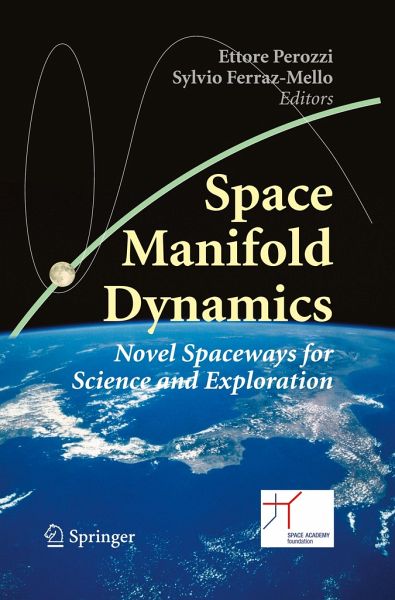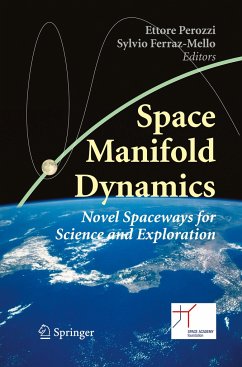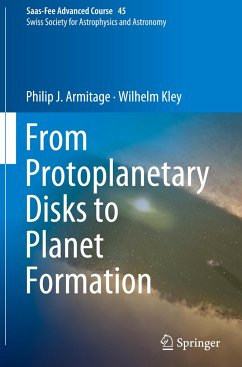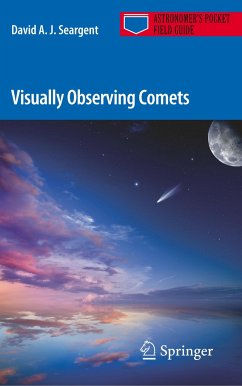
Space Manifold Dynamics
Novel Spaceways for Science and Exploration
Herausgegeben: Perozzi, Ettore; Ferraz-Mello, Sylvio

PAYBACK Punkte
62 °P sammeln!
The term "Space Manifold Dynamics" (SMD) was proposed during the workshop "Novel Spaceways for Scientific and Exploration Missions" for describing new types of spacecraft trajectories that could revolutionize how space missions are designed. Obtained by applying the dynamical system approach to mission design, these trajectories represent a fascinating alternative to elliptic motion and provide a deeper understanding of the classical three and N-body problems in celestial mechanics. This book gives a state-of-the-art overview of this new field of study together with applications of an interdisciplinary nature involving planetary science, astrophysics and the manned exploration of the solar system.
This book presents an overview of the outcomes resulting from applying the dynamical systems approach to space mission design, a topic referred to as "Space Manifold Dynamics" (SMD). It is a natural follow-on to the international workshop "Novel Spaceways for Scientific and Exploration Missions," which was held in October 2007 at the Telespazio Fucino Space Centre (Italy) under the auspices of the Space OPS Academy. The benefits and drawbacks of using the Lagrangian points and the associated trajectories for present and future space missions are discussed. The related methods and algorithms are also described in detail. Each topic is presented in articles that were written as far as possible to be self consistent; the use of introductory sections and of extended explanations is included in order to address the different communities potentially interested in SMD: space science, the aerospace industry, manned and unmanned exploration, celestial mechanics, and flight dynamics.













